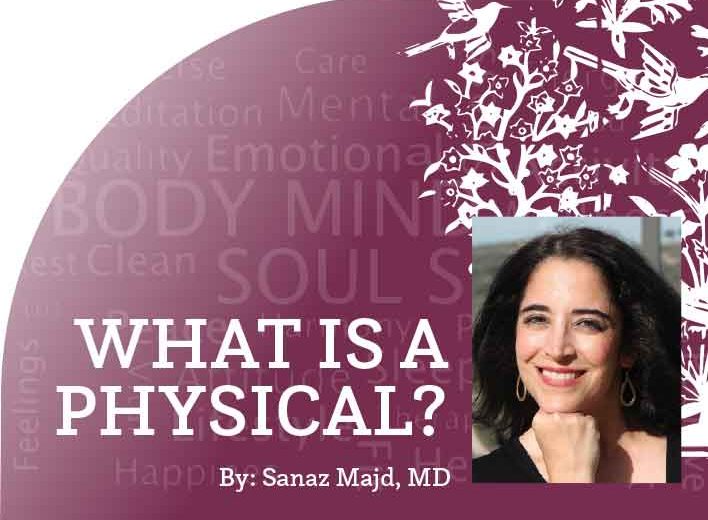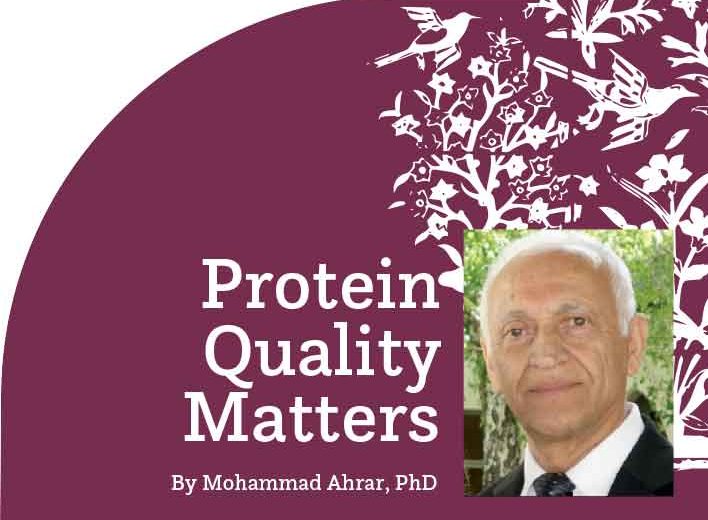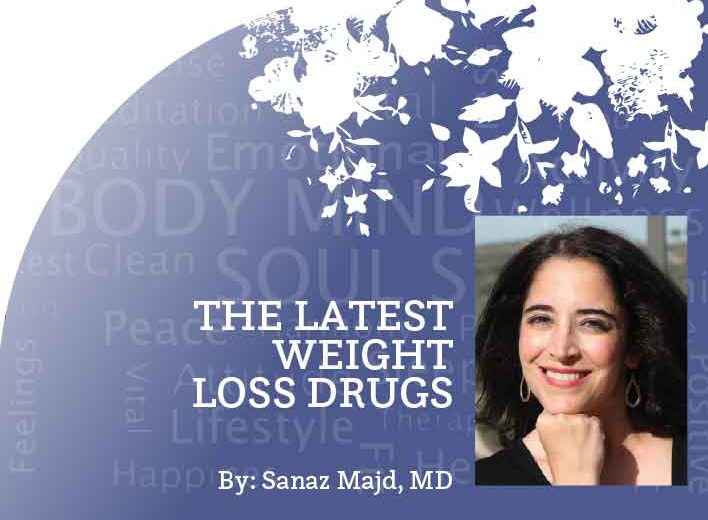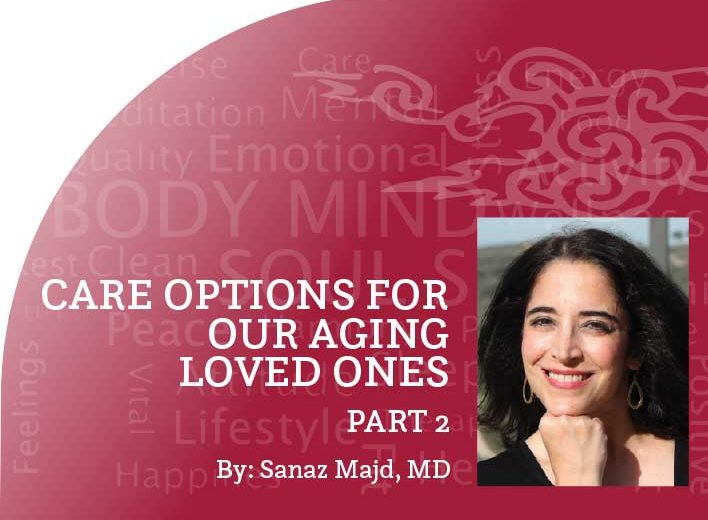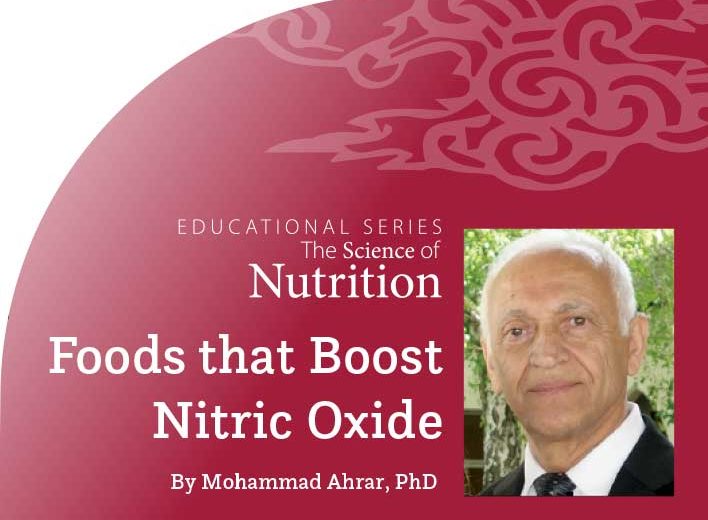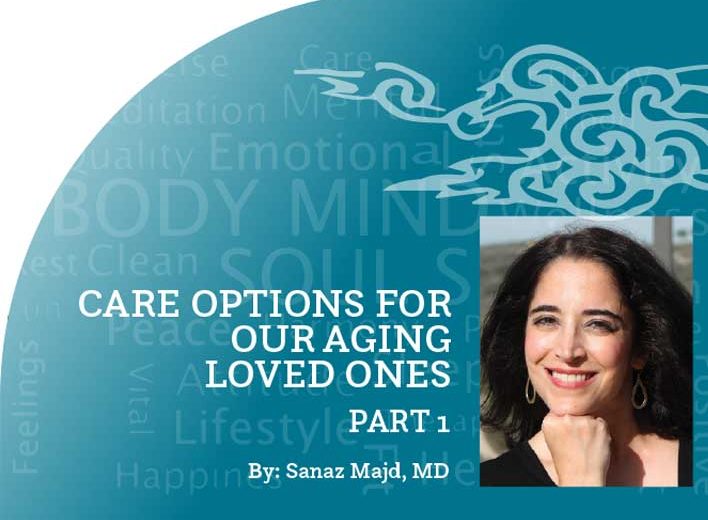MENOPAUSE
By Sanaz Majd, MD
As many women in their 40s and 50s can attest to, menopause is by no means a picnic. Beginning in a woman’s early 40s, estrogen levels begin to gradually decline. This progressive decline is eventually sufficient enough to shut down the ovaries. It is the body’s message that the fertile, child-bearing era has culminated in a shift towards a new phase of life. It is a life-changing rite of passage—a milestone of sorts that women unfortunately cannot escape—and it certainly can be a physiologically challenging one for many.

WHAT IS MENOPAUSE?
Blood tests are often unnecessary to diagnose menopause, as menopause itself is defined as 12 consecutive months without vaginal bleeding in menopausal-aged women. The average age of menopause in the U.S. is 51.
Menopause can yield a myriad of potentially unpleasant and sometimes even debilitating symptoms, including:
• mood changes
• weight gain
• scalp hair loss
• facial hair growth
• acne
• vaginal dryness
But by far, the symptom which wreaks the greatest havoc is hot flashes, experienced by 80% of menopausal women and lasting up to 10 years (or even more in few unlucky women). Hot flashes typically occur at night, interfering with sleep. But many women experience them during the daytime as well, causing an even greater disturbance in daily functioning as a result. Imagine unpredictably breaking out into a sweat on the job as a sales rep while speaking to a customer, as a teacher presenting to students, or as a lawyer in the middle of a court case. Hot flashes can certainly impair quality of life.
HORMONAL REPLACEMENT THERAPY (HRT):
With the increasing evidence against the wide use of hormonal replacement therapy, many women are reluctant to embrace it, and with good reason. Risks of HRT are not for the faint of heart (no pun intended), as they include a slight increased risk of heart attacks, strokes, blood clots, and breast cancer—potentially very serious outcomes.
Which is not to say that HRT is not a viable option for some—the pros of the treatment really must be carefully reviewed against the cons, because truthfully no other treatment is quite as miraculously effective as HRT. For those with severe hot flashes without cardiovascular risk factors, HRT can be a consideration.
But, for everyone else, there are other alternatives to explore.
BEHAVIORAL MODIFICATION:
Those with mild hot flashes do not necessarily need treatment, and may only need to make certain behavioral changes such as turning on a fan, lowering the room temperature, using cool bed sheets, losing weight, dressing in layers for greater temperature control, and avoiding known triggers. These triggers may include stress and anxiety, spicy foods, and consuming a high carbohydrate diet. Obtaining regular exercise has also been suggested to help combat hot flashes.
OTHER TREATMENT OPTIONS:
If the dominant menopausal symptom is anything other than hot flashes, then consider yourself very fortunate compared to women who cannot escape the incessant, unpredictable sweats. Treatment can be tailored to simply address non-hot flash symptoms; for example, there are antidepressants that can treat mood changes, estrogen vaginal suppositories that address vaginal dryness, and even prescription and non-prescription options to treat menopausal facial hair and acne.
But if hot flashes are the dominant symptom wreaking havoc on your life, here are some other alternatives. The goal is to not necessarily strive for a cure-all, but really to reach enough efficacy to improve quality of life and a more tolerant degree of functioning.
Antidepressants
Antidepressants are the preferred first-line group of non-hormonal drugs used to treat hot flashes. For those with a mood component to menopause, antidepressants may serve as an extra added benefit as well.
One antidepressant, paroxetine, has been FDA approved for hot flashes at a very low dose of 7.5 mg. However, it is currently available only in brand name at this particular dose, marketed only for hot flashes and is, hence, costly. The good news is that it is available as a very inexpensive generic dose of 10 mg that is marketed as an antidepressant. It’s the same drug, but just a smidgeon higher in dose (7.5 mg vs 10 mg). However, it should not be taken by women who get hot flashes due to tamoxifen (a chemotherapy drug used to treat breast cancer).
Other antidepressants have also been studied for this purpose and used to alleviate hot flashes. Examples include citalopram, escitalopram, and venlafaxine—all available as inexpensive generics. One trial of 339 women found that venlafaxine 75 mg extended release was as effective as low-dose oral estradiol in relieving hot flashes. I personally have seen some patients do very well with venlafaxine in my practice while treating menopausal women. But it can raise blood pressure levels in those who are prone, so make sure to monitor that. The other listed antidepressants are also good options.
Gabapentin
Gabapentin is originally an anti-seizure drug that is used for multiple other neurologic indications, such as diabetic neuropathy, restless leg syndrome, and neuropathy due to shingles. Although second-line, it may be considered first-line in those who experience hot flashes only at night as it can be taken as a single bedtime dose. It may be taken during the daytime as well, although sedation may limit its use.
Oxybutynin
Oxybutynin is an anticholinergic agent, which means it blocks certain chemicals in the brain that regulate certain functions, one of which is involuntary muscle activity. It has been predominantly used to treat urinary incontinence, by controlling bladder muscle spasms. One of its side effects has been diminished sweating, and further research has shown that it may actually reduce hot flashes in menopausal women as well. Side effects may include dry mouth and headaches.
Clonidine
Clonidine is a prescription drug that calms down the nervous system and has been used to primarily treat hypertension. It is a third-line non-hormonal option, as its side effects make it more difficult to tolerate, including dizziness, constipation, and dry mouth. Its skin patch version may be better tolerated since it produces a steady level of the drug. Also, be warned that clonidine lowers blood pressure.
Complementary/Alternative Therapies
There are some available complementary/alternative therapy options including both supplements and non-supplements. Supplements have surely brought great financial gain to the vitamin industry throughout the years. However, there is very limited data available regarding their efficacy and the placebo effect is thought to be their predominant mechanism of action. Also, because they are not FDA approved, we do not have an accurate risk profile. Note that just because something is marketed as “natural” does not mean it is actually safer. Take great caution if you do decide to explore these options.
• Phytoestrogen: This is the term for the naturally-occurring plant hormone that is structurally similar to estrogen and is present in numerous plant-based foods, such as soybeans, flaxseed, lentils, chickpeas, fruits, and veggies. Isoflavone is one example, contained in various dietary supplements marketed for hot flashes. However, most studies have not shown significant benefit.
• Herbal supplements: Black cohosh is perhaps the most promoted herbal supplement marketed for hot flashes, but again studies have not shown it to contain any greater benefit than placebo. Its risks of liver toxicity and its effects on breast tissue in women with a history of breast cancer have been controversial. Evening primrose oil is another alternative, but with even less data to confirm its efficacy.
• Low dose vitamin E: Beware, as vitamin E does have a toxicity level at high doses.
Other alternative options, with some evidence of possible efficacy, but which still require further investigation, include:
• Cognitive-Behavioral Therapy (CBT)
• Hypnosis
• Mindfulness techniques
Bioidentical Hormones
Bioidentical hormones are perhaps the latest menopause fad to gain media attention. But we do not know how safe or effective they are. The term “bioidentical” refers to customized compounds that appear structurally similar to estrogen and likely bind to the same receptors and function similarly. They are labeled as “natural” because they are derived from plants or animals. However, they must still be processed to some degree in order to be utilized in this way. Expert groups argue that they very likely pose the same risks since they mimic estrogen, and hence are not necessarily any safer. Bioidenticals are also not FDA approved, and we do not have sufficient evidence to back up their safety or understand their risk profiles.
In summary, HRT is not the sole option to treat the distressing hot flashes of menopause that many women experience. Although HRT may be the most effective option available to date, there are various alternatives available to help mitigate hot flashes and yield a more tolerable, improved quality of life.
References:
1. Joffe H, et al. Low-dose estradiol and the serotonin-norepinephrine reuptake inhibitor venlafaxine for vasomotor symptoms: a randomized clinical trial. JAMA Intern Med. 2014 Jul;174(7):1058-66. doi: 10.1001/jamainternmed.2014.1891. PMID: 24861828; PMCID: PMC4179877.
2. Ziaei S, et al. The effect of vitamin E on hot flashes in menopausal women. Gynecol Obstet Invest. 2007;64(4):204-7. doi: 10.1159/000106491. Epub 2007 Jul 30. PMID: 17664882.
3. Nelson HD, et al. Nonhormonal therapies for menopausal hot flashes: systematic review and meta-analysis. JAMA. 2006 May 3;295(17):2057-71. doi: 10.1001/jama.295.17.2057. PMID: 16670414.
4. Evans ML, et al. Management of postmenopausal hot flushes with venlafaxine hydrochloride: a randomized, controlled trial. Obstet Gynecol. 2005 Jan;105(1):161-6. doi: 10.1097/01.AOG.0000147840.06947.46. PMID: 15625158.
5. Stearns V, et al. Paroxetine is an effective treatment for hot flashes: results from a prospective randomized clinical trial. J Clin Oncol. 2005 Oct 1;23(28):6919-30. doi: 10.1200/JCO.2005.10.081. Erratum in: J Clin Oncol. 2005 Nov 20;23(33):8549. PMID: 16192581.
6. Barton DL, LaVasseur BI, et al. Phase III, placebo-controlled trial of three doses of citalopram for the treatment of hot flashes: NCCTG trial N05C9. J Clin Oncol. 2010 Jul 10;28(20):3278-83. doi: 10.1200/JCO.2009.26.6379. Epub 2010 May 24. PMID: 20498389; PMCID: PMC2903326.
7. Loprinzi CL, et al. Newer antidepressants and gabapentin for hot flashes: an individual patient pooled analysis. J Clin Oncol. 2009 Jun 10;27(17):2831-7. doi: 10.1200/JCO.2008.19.6253. Epub 2009 Mar 30. PMID: 19332723; PMCID: PMC2698018.
8. Leon-Ferre RA, et al. A randomized, double-blind, placebo-controlled trial of oxybutynin (Oxy) for hot flashes (HF): ACCRU study SC-1603 [abstract]. In: Proceedings of the 2018 San Antonio Breast Cancer Symposium; 2018 Dec 4-8; San Antonio, TX. Philadelphia (PA): AACR; Cancer Res 2019;79(4 Suppl):Abstract nr GS6-02
9. Lethaby A, Marjoribanks J, Kronenberg F, Roberts H, Eden J, Brown J. Phytoestrogens for menopausal vasomotor symptoms. Cochrane Database Syst Rev. 2013 Dec 10;(12):CD001395. doi: 10.1002/14651858.CD001395.pub4. PMID: 24323914.
Sanaz Majd, MD, is a board-certified Family Medicine physician and host of the Majd MD YouTube channel, reviewing the latest medical topics and headlines: www.youtube.com/MajdMD. You can also follow her on Facebook or Instagram: @SMajdMD.


